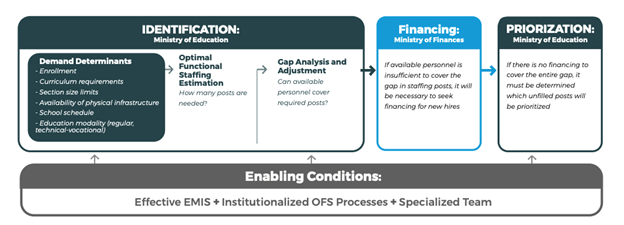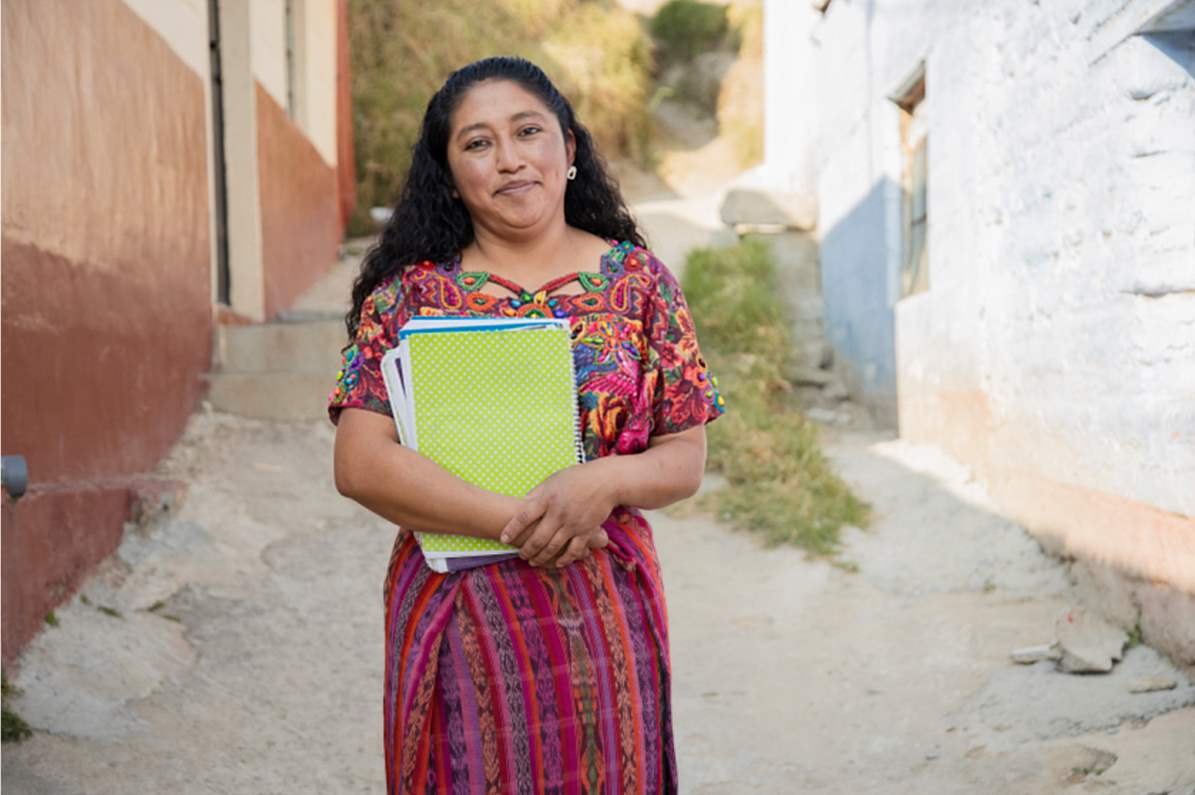One of the major challenges in education management is ensuring that each school has the education personnel it needs. Across Latin America and the Caribbean, each year, policymakers must estimate and assign teaching positions in schools to ensure education for millions of students. Without proper planning, some schools may have more teachers than they need, while others—especially in rural or vulnerable areas—struggle with too few. Good planning is also key to making sure public resources are used efficiently, as salaries and benefits for education personnel account for 85% of total education spending in the region, according to the OECD.
To tackle this challenge, the Inter-American Development Bank (IDB) presents the concept of the Optimal Functional Staffing Plan (OFS) in a new technical note called “Building an Optimal Education Workforce”: a conceptual framework that lays out the necessary steps to estimate how many teachers, school leaders, and other professionals each school needs, based on objective criteria tied to the real demand of the system. This approach allows not only for identifying staffing gaps, but also for reorganizing existing resources and planning new hires in a more efficient and equitable way.

Download the publication here
Why having the right staff matters so much?
Because without the right-sized teams, learning suffers. The evidence is clear: education staff directly influence student learning, school retention, and even future earnings. Yet the most disadvantaged schools often face the greatest difficulty in attracting and keeping qualified professionals, while others may have more staff than needed—creating inefficiencies that are hard to justify.
What is an Optimal Functional Staffing Plan?
The Optimal Functional Staffing Plan (OFS) is a planning tool used to estimate the ideal number of positions for a school, based on factors such as projected enrollment, minimum and maximum class sizes, available facilities, and specific education models (like technical-vocational programs or bilingual intercultural education).
Implementation Processes for Optimal Staffing

This new IDB publication provides a clear roadmap for implementing an Optimal Education Staffing Plan, based on the following core processes:
- Define how many teaching posts are needed in each school based on objective criteria that reflect actual educational demand.
- Analyzing whether the available personnel are sufficient to cover those posts, considering allocation rules, mobility, and workload.
- Securing the necessary funding to cover the posts that cannot be filled with existing staff in the system.
- Prioritizing the most urgent posts, if resources are not enough to fully close the gap—focusing on the most critical needs and ensuring equity.
Moreover, the successful implementation of an OFS requires three key enabling conditions:
- A robust Education Management Information System (EMIS) to identify needs and estimate staffing gaps.
- Clear rules and regulations that guide each step of the process.
- A qualified technical team with strong analytical and coordination skills.
What are the benefits of effectively implementing an Optimal Staffing Plan?
- Better quality of education, by ensuring that students are taught by qualified staff in appropriately sized groups.
- Greater equity, by prioritizing support to the schools with the greatest needs.
- Increased efficiency in spending, by avoiding both shortages and oversupply of staff—without compromising education budgets.
Implementing an OFS is not just a technical exercise-it is a political and strategic decision. It requires commitment, reliable data, clear rules, and dedicated teams. But the benefits-improved quality, greater equity, and stronger sustainability-make it worth the effort.
Download the full publication here to learn how to estimate and allocate education staff more efficiently, equitably, and sustainably.


Leave a Reply